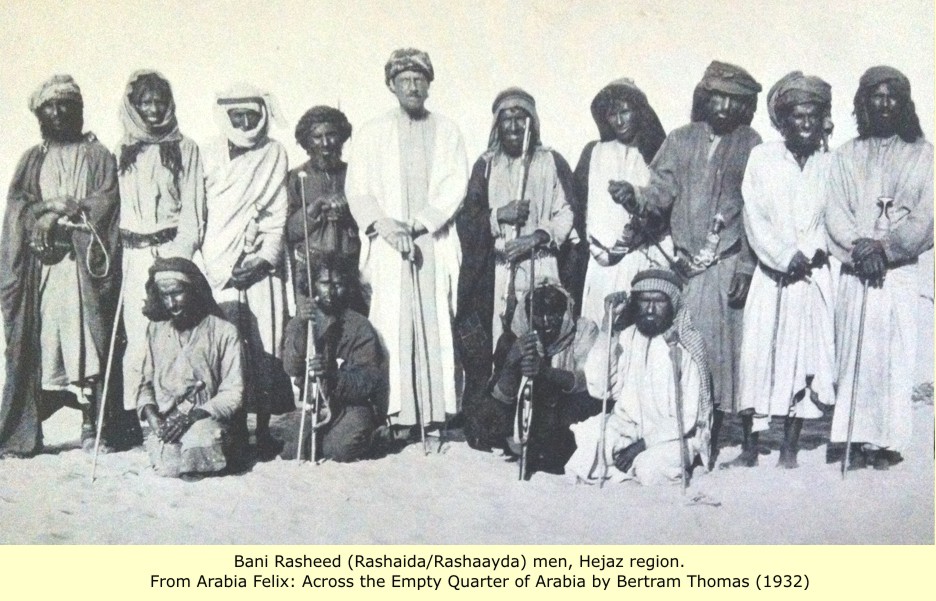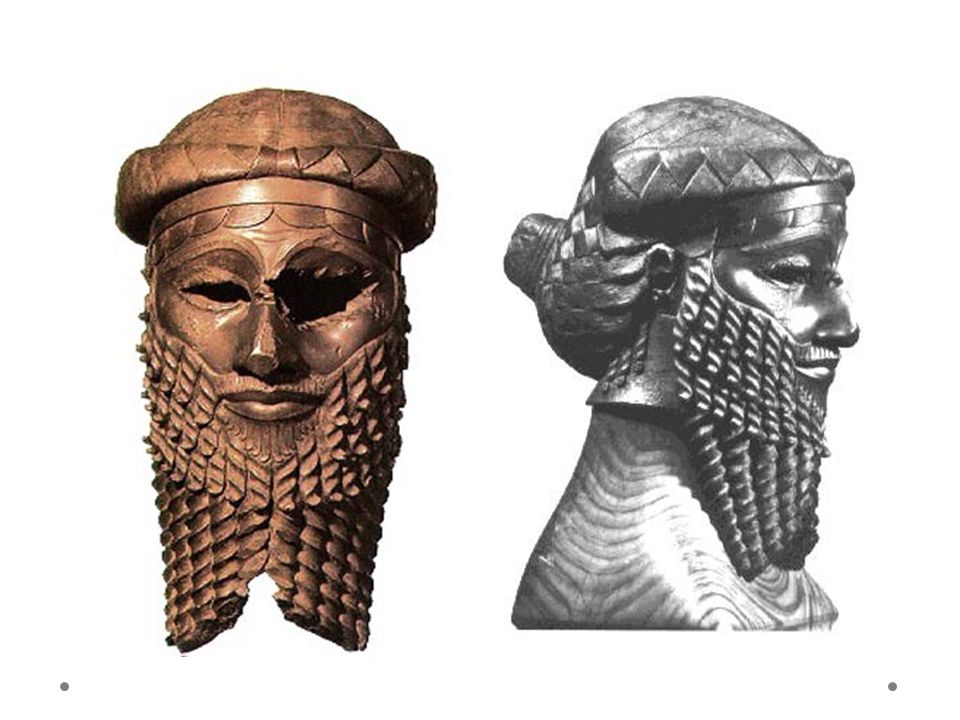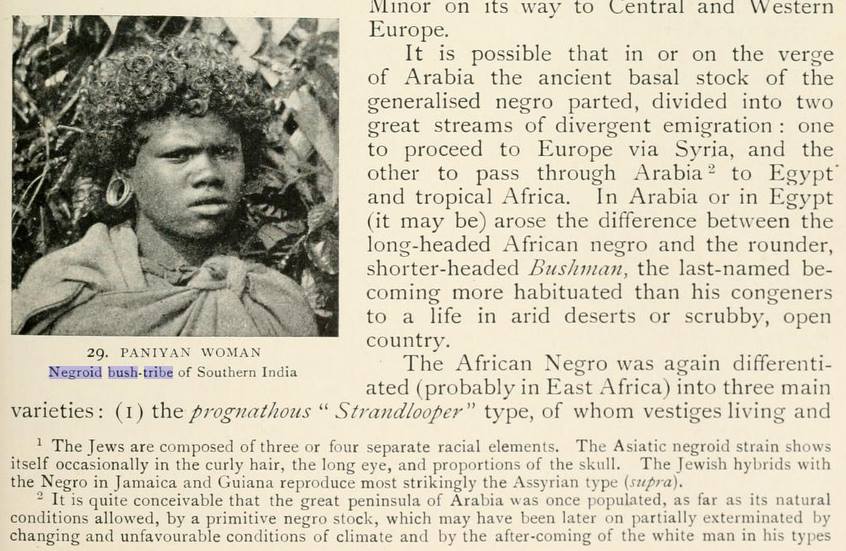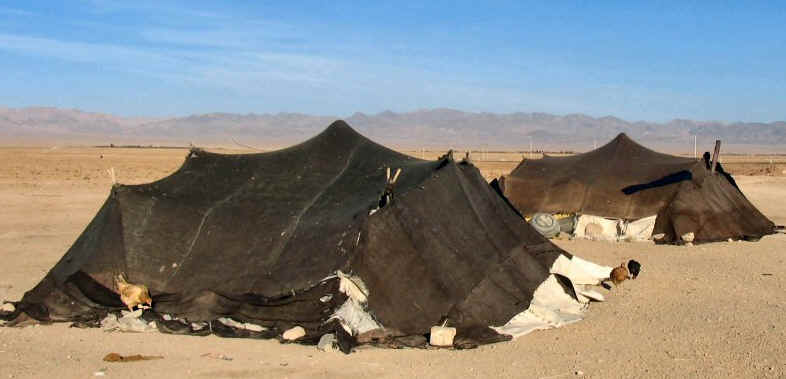
1932 AD: Rare Image of Black Arabians


Black History In The Bible | #BHITB
A Virtual Museum of Israelite History & Culture



More Info “Facsimile replica of a copper head of a statue representing a Mesopotamian king, possibly Naram-Sin; shown with an elaborate royal hairstyle with plaited hair, chignon and headband. The original head was deliberately defaced: the ears and beard cut, the nose battered and one eye gouged out. This replica is mounted on a block…

More Info “The Elamites of Mesopotamia appear to have been a negroid people with kinky hair, and to have transmitted this racial type to the Jews and Syrians.1 There is a curliness of the hair, together with a negro eye and full lips, in the portraiture of Assyria which conveys the idea of an evident…
Read More “1910: Elamites Describes As Having Negroid Features” »

This article is a response to GotQuestions.org’s article “Are There Any Black People Mentioned In The Bible?“ Are there any black people mentioned in the Bible? The answer is yes. However, GotQuestions.org’s response is both Biblically inaccurate and historically insufficient. With that said, this rebuttal isn’t about bashing or condemnation, but about correction, education, and…
Read More “Re: Are There Any Black People Mentioned In The Bible?” »

Kedar was Abraham’s grandson, and the second son of Ishmael (Genesis 25:13). He also founded a city that is mentioned quite a few times in scripture. Twelve times to be exact. It is not a major focal point of the Bible, but we do learn some pretty interesting things about the city. Its alluded to…
You must be logged in to post a comment.